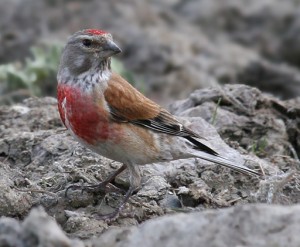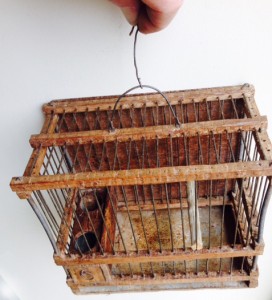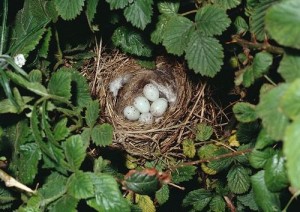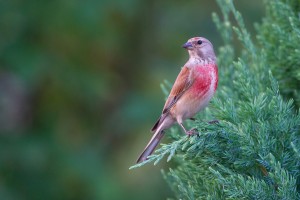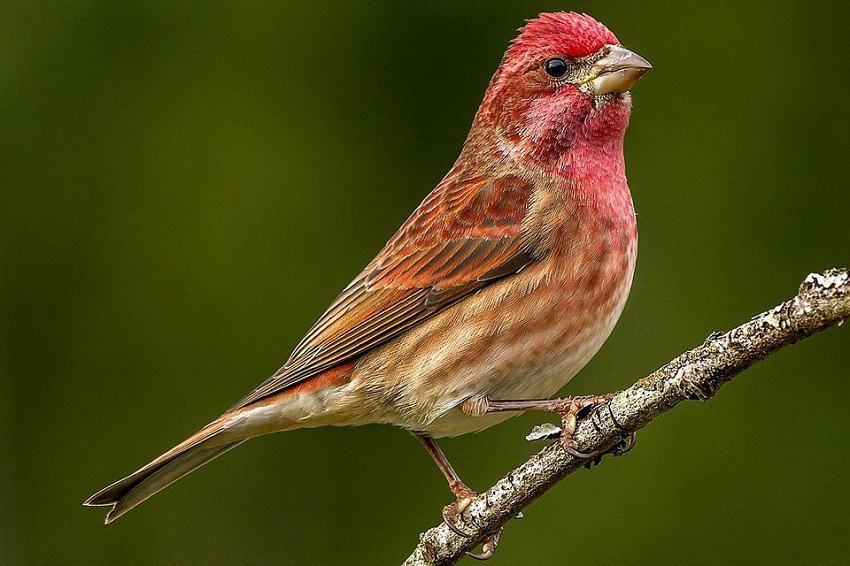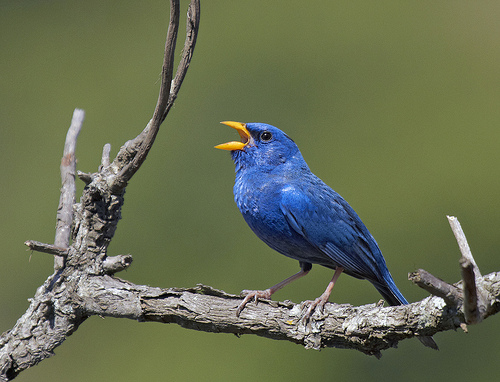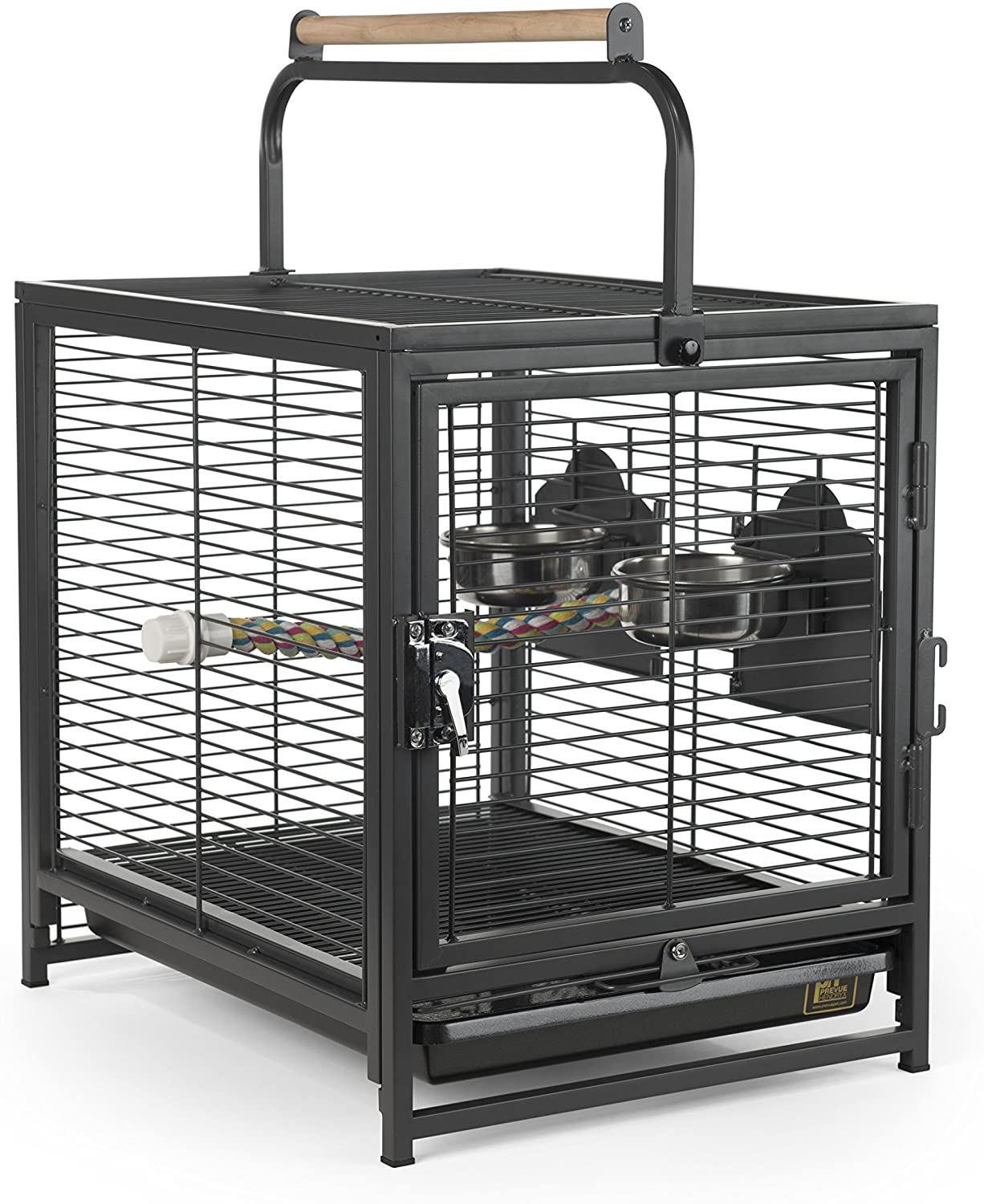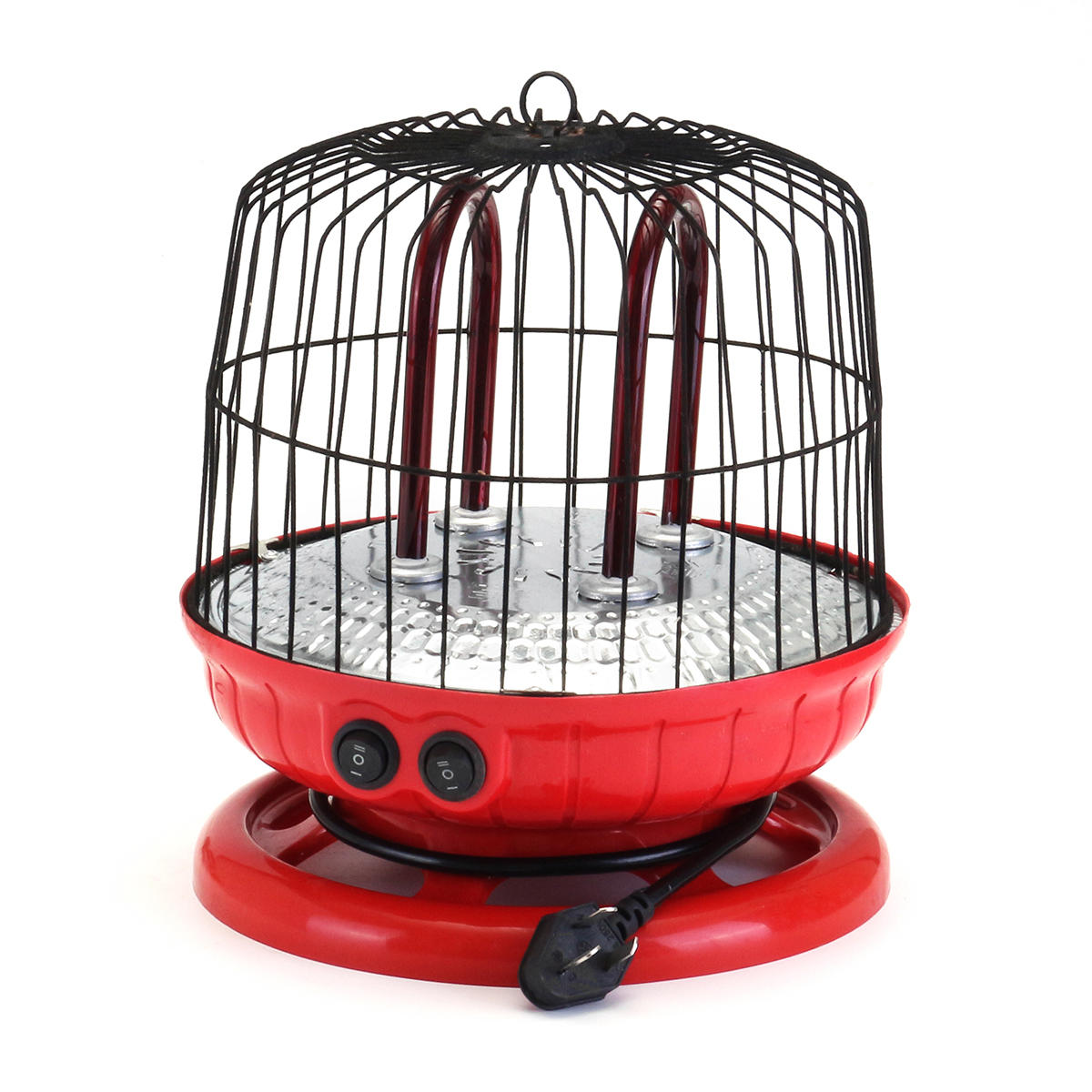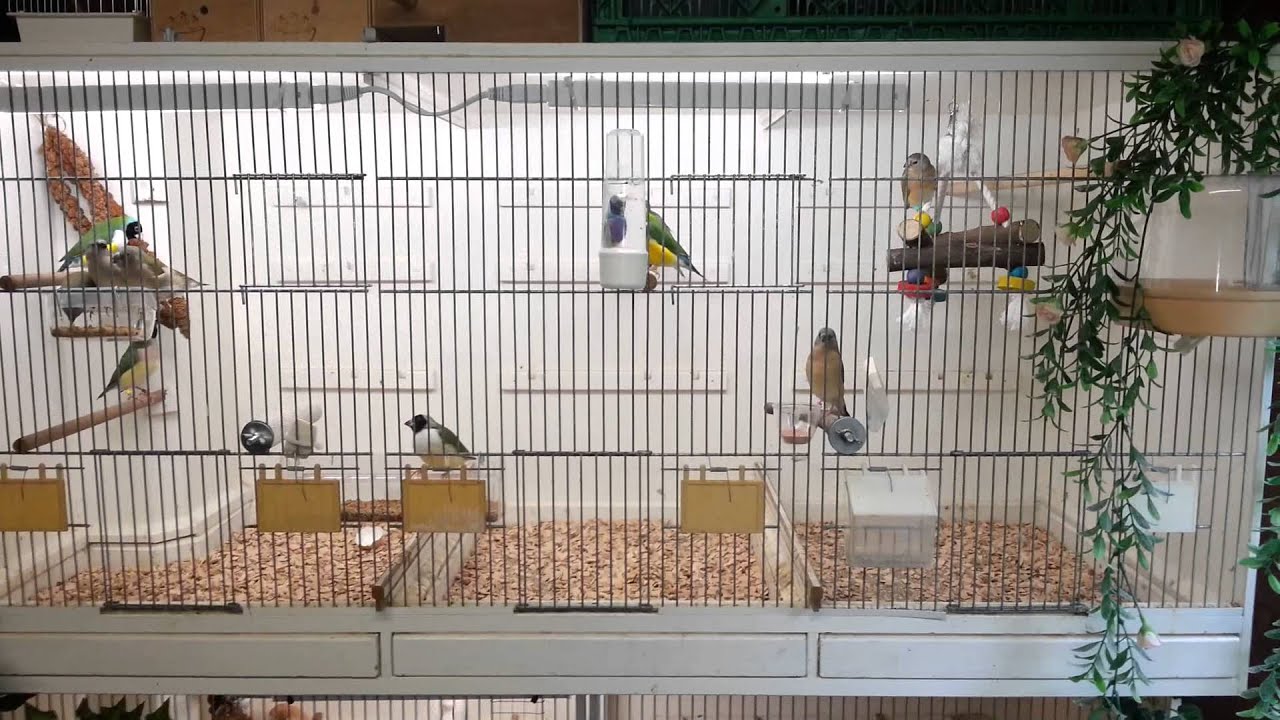The European linnet (Carduelis cannabina) is a long-tailed songbird, slightly smaller than a sparrow, which belongs to the finch family, Fringillidae. It is a slim bird with a brown body, an off-white throat, and a gray bill.
Since this attractive finch exists as a dimorphic species, the males have a brown back, red breasts, and a red head patch while the females have a white belly.
Scientific Classification |
|
| Kingdom | Animalia |
| Phylum | Chordata |
| Class | Aves |
| Order | Passeriformes |
| Family | Fringillidae |
| Genus | Carduelis |
| Scientific Name | Carduelis cannabina |
Quick Information |
|
| Distribution | North Africa, Scotland, Greece, Spain, Scandinavia, Italy, Western Turkey, Ukraine, Cyprus, Western Asia |
| Habitat | Salt marshes, orchards, heaths, parks, gardens, weedy fields, hedgerows, gorse thickets |
| Song | Twitters and fast trills; males produce a medley of wheezy warbling notes |
| Color | Brown with a gray bill |
| Size | About 13-14 cm |
| Wingspan | 21 cm to 25 cm |
| Weight | 15 g to 26 g |
| Diet | Berries, buds, seeds |
| Lifespan | 2 years |
| Egg hatching time | 11 to 13 days |
| Clutch size | 4 to 7 eggs |
| Fledging | 11 to 17 days |
| IUCN Conservation Status | Least Concern |
Subspecies
- C.c. cannabina
- C.c. bella
- C.c. autochthona
- C.c. harterti
- C.c. guentheri
- C.c. meadewaldoi
- C.c. mediterranea
Mutations
The European Linnet comes in the following color mutations:
- Orange
- Red
- Yellow
Pet care
This little finch is the most sought-after cage bird for its pleasant melodious song. However, domesticating the bird would be difficult if proper care is not taken.
Cage setup
These colorful linnets should be kept in large, well-ventilated cages, or aviaries to allow them fly freely. As they prefer living in a large flock, especially during their breeding season, they can be kept with other birds. A concrete or natural branch perch appropriate to the size of the bird must be installed inside the cage on which it can rest all day long.
Nest
A nesting cup or round nest box, lined with grass, twigs, and wool, kept in the cage gives this little finch a place to hide or lay eggs. Paper towels can be used for the base of the nest to get a better grip.
Temperature
As linnets cannot tolerate extreme temperatures, they normally stay comfortable at a minimum of 80°F. To avoid direct sunlight, you can cover the cage with a net curtain, making sure to remove it at night to allow the birds to breathe.
Temperament
These cheerful and friendly songbirds can easily adjust to a new environment, owing to their hardy nature. They do not show any aggressive behavior when kept as an individual breeding pair or with other finches.
Feeding
European linnets are ardent seed-eaters, but they also peck and feed on fruits, grains, berries, and vegetables. They also like to eat buds of peach, plum, pear, apricot, and almond. A flat container of chemical-free water should be kept at the bottom of the cage.
Bathing
Place a shallow dish of clean bathing water inside the enclosure to allow your pet bird to stay clean and active.
Health problems
Regular health checkup is necessary as these small finches are susceptible to infections. Conjunctivitis-affected linnets have swollen and red eyes that could even lead to blindness without proper treatment. If you see your pet bird suffering from inactiveness, loss of appetite, difficulty breathing, and watery stools then take it to a well-known vet immediately.
Price
These little darlings cost around $75-$100.
Interesting facts
- Male linnets undergo molting twice a year.
- Female linnets are slightly smaller than their male counterparts.
- These birds breed twice a year.
- This beautiful finch was a popular pet even in the late 19th century.
References:


